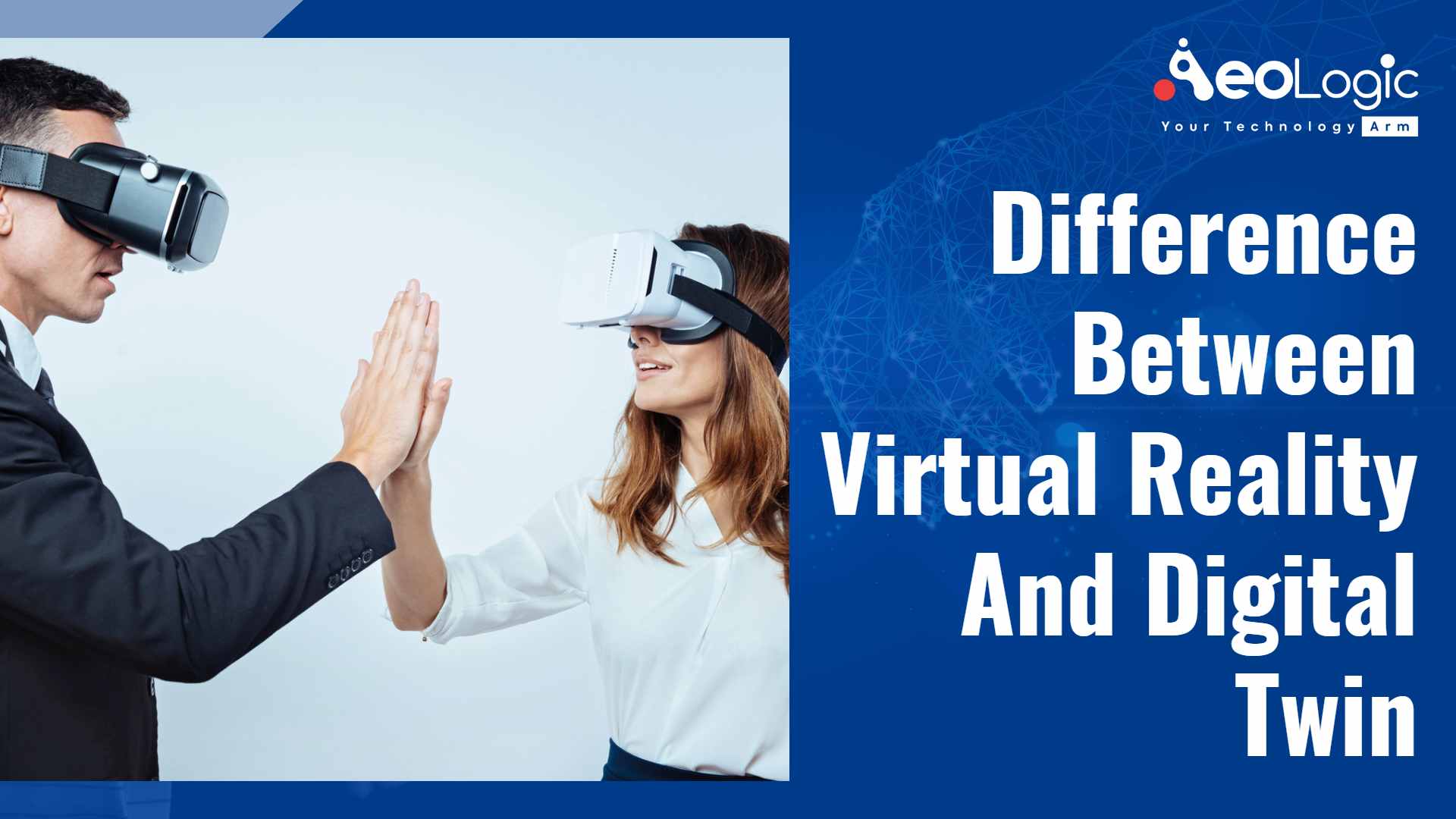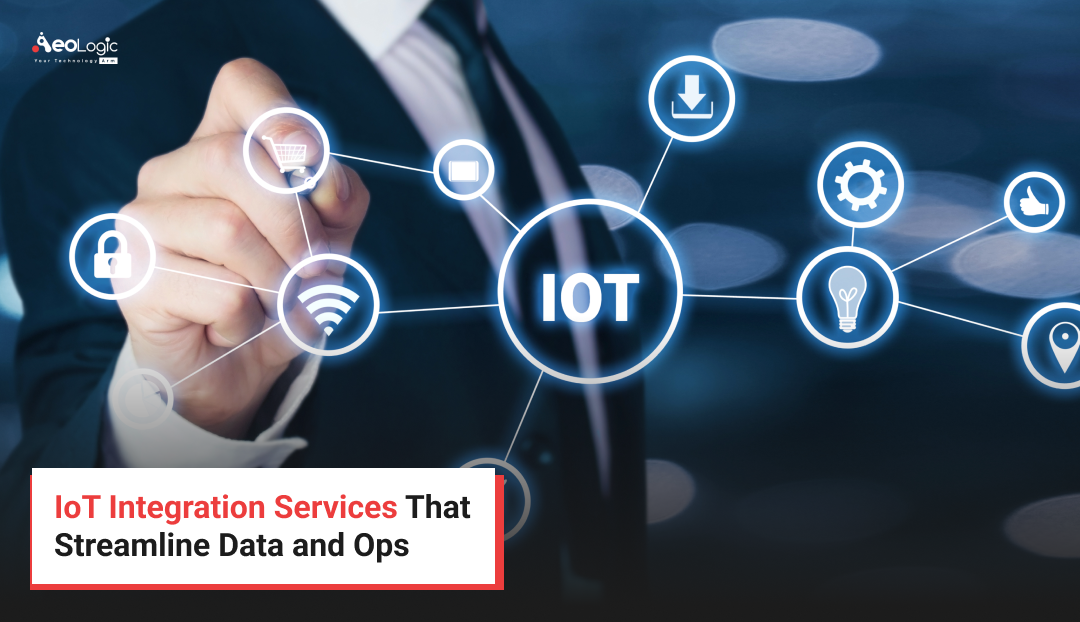The world of technology has been expanding rapidly, bringing forth new innovations and ideas that continue to revolutionize the way we interact with our surroundings. Among these technologies, virtual reality (VR) and digital twin (DT) have become increasingly popular in recent years. Both VR and DT offer unique ways of visualizing and experiencing digital environments, but they are not interchangeable terms. In this article, we will explore the differences between virtual reality and digital twins and examine their applications in various industries.
What is Virtual Reality?
Virtual Reality (VR) is a technology that provides users with a simulated experience of a virtual environment. It utilizes specialized software and hardware, such as a VR headset, to create a realistic and interactive simulation. In a VR environment, users can interact with digital objects, manipulate them, and even have a sense of presence within the simulated space.
VR technology provides an immersive experience that can be used for gaming, education, healthcare, manufacturing, and military training. It has revolutionized the way we interact with digital content and has opened up new possibilities in various industries. The use of VR technology continues to grow, and we can expect to see further advancements in the future.
What is a Digital Twin?
A Digital Twin (DT) is a virtual replica of a physical object, system, or process. It is created by using sensor data, real-time analytics, and other technologies to model and simulate the behavior of the physical object or system. The DT provides a digital representation of the physical object that can be used for analysis, optimization, and even predictive maintenance. With a DT, engineers and designers can monitor the performance of the physical object or system in real-time, making it easier to identify potential issues and improve efficiency.
Digital twin technology has become increasingly important in industries such as construction, aerospace, automotive, energy, and IoT, as it allows for a more efficient and effective way to manage complex systems and processes. As technology continues to evolve, the use of digital twin technology is expected to become more widespread and sophisticated, leading to even greater improvements in various industries.
Also Read: How VR and AR Boost Customer Experience in Retail
Key Differences Between Virtual Reality and Digital Twin
Here is a table outlining 10 key differences between Virtual Reality and Digital Twin:
| Key Differences | Virtual Reality | Digital Twin |
|---|---|---|
| Definition | Simulated environment that provides an immersive experience through a VR headset or similar device | Virtual replica of a physical object, system, or process |
| Purpose | Provides users with a simulated experience | Used for analysis, optimization, and predictive maintenance of physical objects or systems |
| Visualization | Users can see, hear, and sometimes even touch the digital environment | Digital twin models can provide a visual representation of the physical object or system |
| Interaction | Users can interact with digital objects and manipulate them | Engineers and designers can monitor the performance of the physical object or system in real-time |
| Industry Applications | Gaming, education, healthcare, manufacturing, military training | Construction, aerospace, automotive, energy, IoT |
| Hardware | VR headset, sensors, controllers, and other specialized hardware | Sensors, real-time analytics, and other technologies to create a digital replica |
| Data Source | Digital objects and environments created by software | Sensor data and real-time analytics |
| Simulated Environment | Provides a fully immersive and simulated environment | Represents the real-world environment as closely as possible |
| Benefits | Provides a more immersive experience and can be used for training and education | Allows for real-time monitoring and optimization of physical objects or systems |
| Limitations | Limited to digital environments and requires specialized hardware | Requires accurate sensor data and analytics to create an accurate representation of the physical object or system |
5 Applications of Virtual Reality
Here are five applications of Virtual Reality (VR):
- Gaming: VR provides a highly immersive gaming experience where players can interact with digital environments and objects, making it popular in the gaming industry.
- Education and Training: VR can be used to provide realistic training experiences in a safe environment for various professions such as pilots, surgeons, and soldiers.
- Healthcare: VR can be used for pain management, exposure therapy, and physical therapy to improve patients’ overall health and well-being.
- Architecture and Design: VR can be used to create 3D models of buildings and interiors, allowing architects and designers to visualize their designs and make changes before construction begins.
- Marketing and Advertising: VR can be used to create interactive and engaging advertising experiences, allowing businesses to showcase their products and services in a unique way.
Also Read: Top AR & VR Trends to Transform E-commerce in 2022
5 Applications of Digital Twin
Here are five applications of Digital Twin technology:
- Manufacturing and Industry: Digital twins can be used to optimize production processes and improve quality control in manufacturing. They can also be used to simulate and test new products before physical prototypes are created.
- Predictive Maintenance: Digital twins can monitor the performance of physical assets in real time, allowing for predictive maintenance and reducing the risk of equipment failure.
- Energy Management: Digital twins can be used to optimize energy consumption and reduce costs in various industries such as buildings, transportation, and utilities.
- Healthcare: Digital twins can be used to simulate and monitor patient health data, enabling personalized and predictive healthcare solutions.
- Smart Cities: Digital twins can be used to simulate and optimize various aspects of city infrastructure such as traffic flow, energy usage, and public safety, leading to more efficient and sustainable cities.
Also Read: How Extended Reality is Redefining the Ecommerce Experience?
Conclusion
While Virtual Reality and Digital Twin are often used interchangeably, they are two distinct technologies with different applications and purposes. Virtual Reality provides an immersive simulated environment, while Digital Twin technology creates a virtual replica of a physical object, system, or process. The key differences between these technologies lie in their visualization, interaction, data source, industry applications, and hardware. Understanding these differences is important for businesses and industries seeking to leverage these technologies to improve their operations, products, and services.
Additionally, with effective virtual reality and digital twin, businesses can scale and improve according to their requirements. If you are looking for technologies to incorporate into your business, contact us at Aeologic Technologies.

I’m Deepika Pandey, an SEO strategist and content writer with 6+ years of experience. I create SEO-friendly content that drives traffic and engages readers. I combine data insights with creativity to help businesses grow their online presence effectively.






